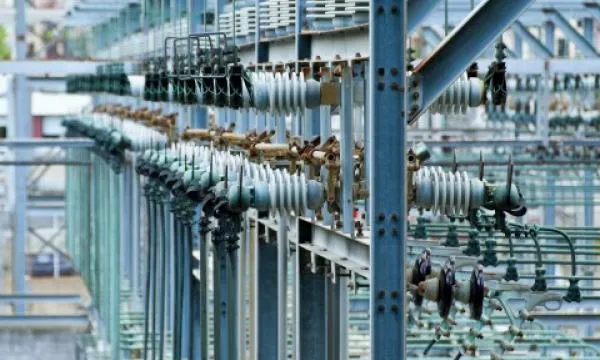
Modular renewable systems in the cards for Bangladesh
Less reliance on imported fuel will help avoid fluctuations in volatile commodity markets.
Bangladesh is well positioned to take advantage of modular renewable energy systems and grid upgrades to reduce costs and provide affordable energy to households and industry, according to the Institute for Energy Economics and Financial Analysis (IEEFA)
Less reliance on imported fuel will help avoid the ups and downs of volatile commodity markets and can give valuable price stability to enable the realisation of ‘Vision 2041’ of Prime Minister Sheikh Hasina, which aims to accelerate growth in high-value agriculture, trade and industry, education and healthcare, and transport and communication.
In a letter to the Ministry of Finance Economic Relations Division, the Power Division stated its intention to replace the 350MWh Gazaria coal-fired power plant with grid upgrades to reduce system losses in the rural electricity system and redirect existing fossil-fuel proposals to more appropriate grid modernisation and hybrid renewables and storage projects.
This is said to meet lower demand growth and reduce the overall system cost whilst improving domestic energy security, resilience and employment opportunities.
Further, Bangladesh already had an excess capacity from overestimated forecasts of power demand growth, leading to significant capacity payments to plants lying idle even before the pandemic. Overcapacity translates to reduced utilisation rates of plants.
In the past year, utilisation was only 43%, which is below the global average of 54% and well below the financial assumption of these plants at 80%. Due to the inflexible standard clauses of power purchase agreements (PPAs), reduced utilisation translated to capacity payments to idle plants worth $1.1b in 2018-2019. Moreover, in 2018-2019, coal imports rose 70% YoY to 5.754 million tonnes, equivalent to at least $520m, contributing to the $15.49b trade deficit.
The loss from unused power is greater than the revenue from two of Bangladesh’s top export industries:leather, leather products and footwear, valued at $1.08b, as well as jute, valued at $899m.
The Bangladesh Power Development Board (BPDB) also expects that the subsidy required to compensate BPDB to avoid a major loss and cash flow shortfall in 2019-2020 would rise again to $1.1b from $936m, given the fall in demand due to the pandemic.
IEEFA noted that this is the time to start negotiations with coal power providers in order to protect the government and consumers from the inflexible standard clauses of PPAs which lead to higher prices and larger subsidies. Current and future PPAs should also promote equitable risk sharing whilst protecting consumers and the Bangladesh government from high electricity prices and increased subsidies.
Moreover, despite overcapacity, 12% of Bangladesh’s population or around 19 million still lack electricity access, whilst millions more suffer from a lack of reliable power. This means that the concept of moving power from a large power plant through a high voltage line in one direction towards low voltage wires and eventually to consumers has neither delivered on electrification goals nor affordable prices.
In order to reach the last mile of electrification, IEEFA notes that a domestic modular renewable energy system with battery storage is a cost-effective solution as it is a good substitute for grid infrastructure whilst being able to supply power at the point of demand.













 Advertise
Advertise











